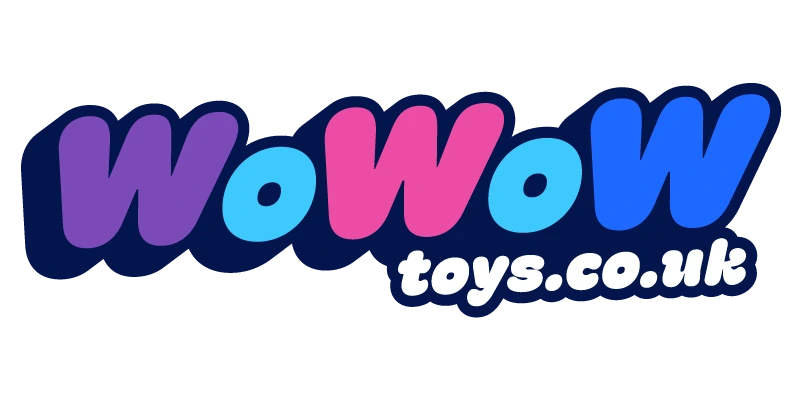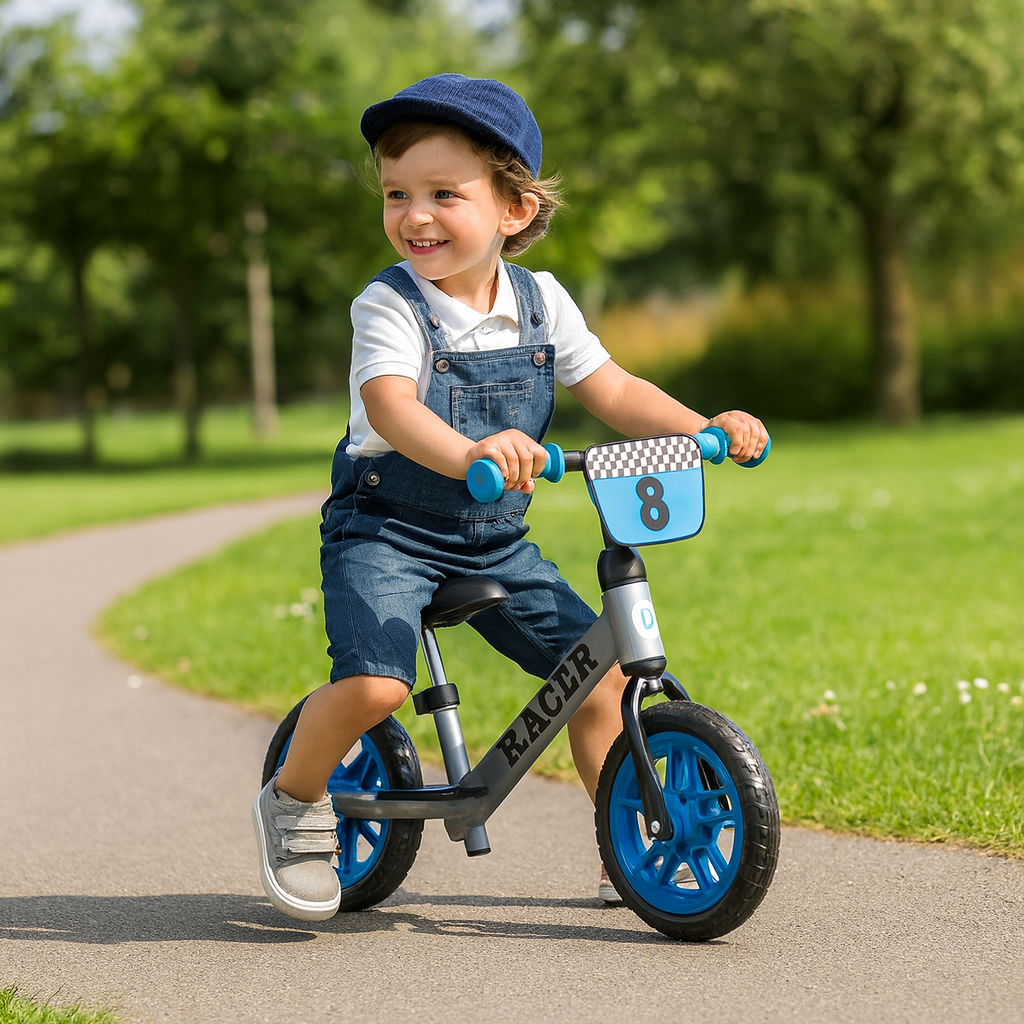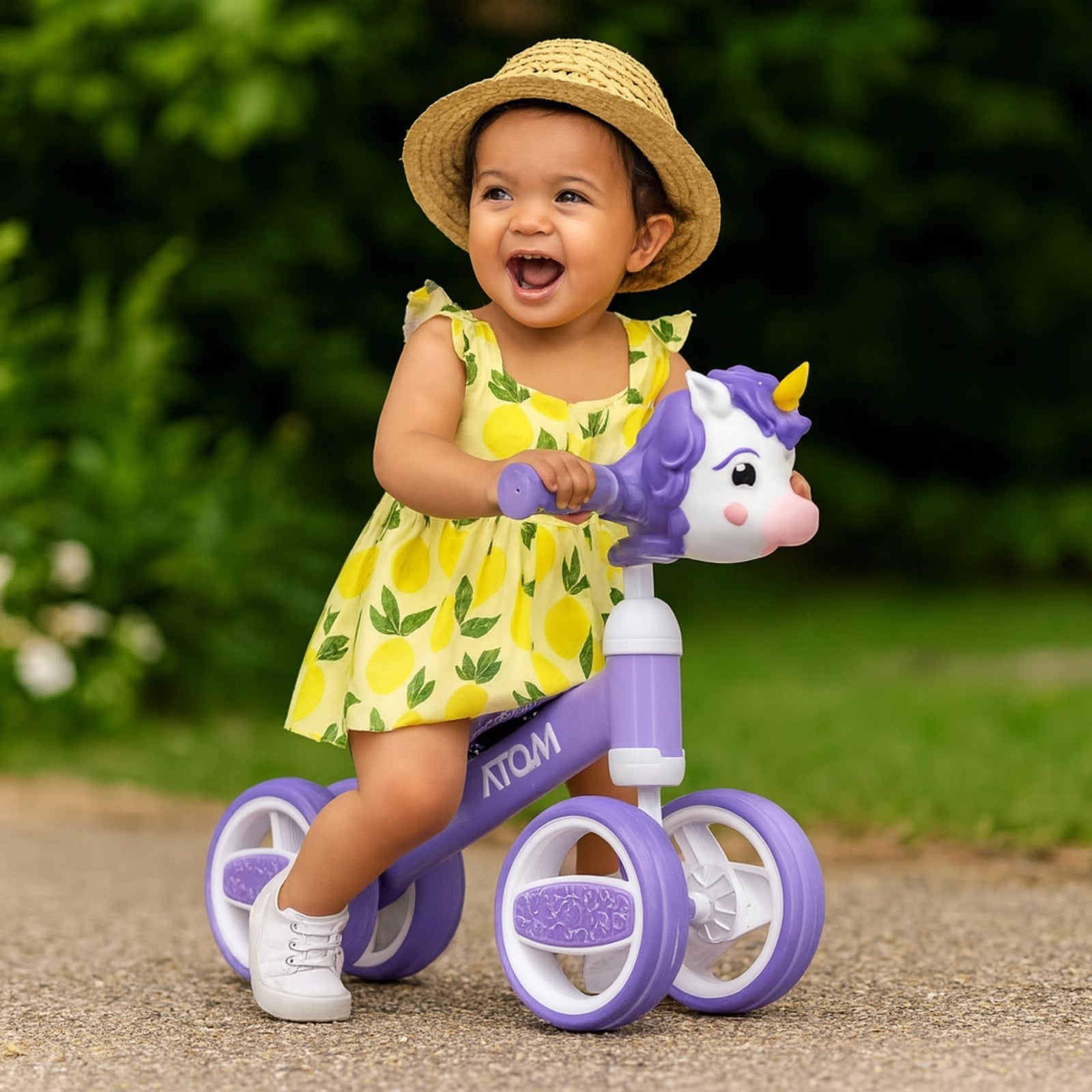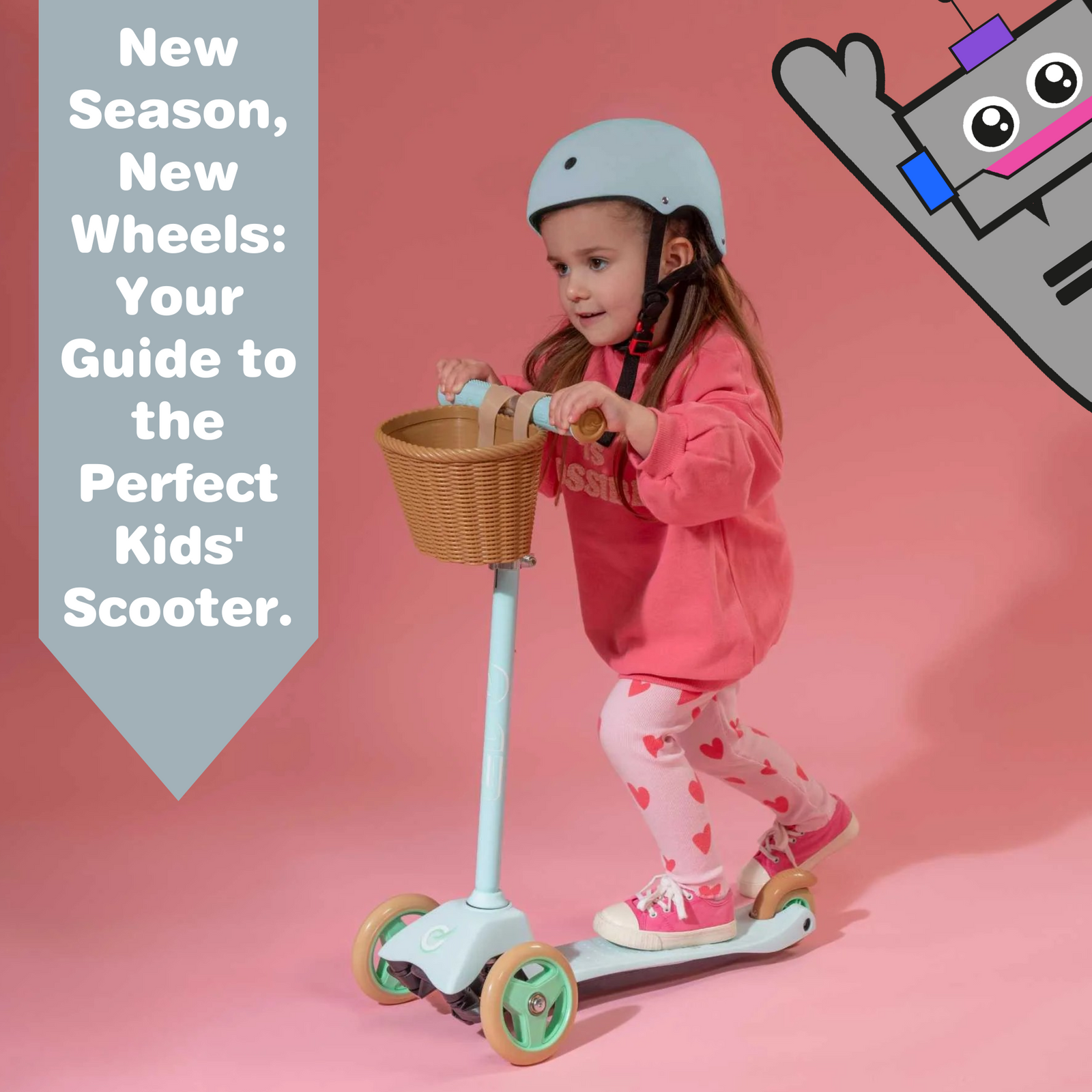Babies are so unique when it comes to playing with toys. Some may begin their toy adventures as early as 4 months old, while others might take their time and start around 12 months old. It's important to remember that there's no fixed age for babies to start noticing and playing with toys. After all, each baby blossoms and grows at their own pace, creating their own unique development timeline.

Let's take a look through the stages of babyhood and discover what can approximately expect.
Birth to 2 months old. At this age they can only see about 8 - 12 inches in front of them. The main thing they see will usually be your face looking down at them while you hold them. This parent bonding is usually all the entertainment they need at this very young age. If you do want to buy toys for this age, it's all about engaging their senses with an array of stimuli. Imagine playthings that feature contrasting colours, gentle sounds, and a variety of textures. Mobiles with with bold patterns, play mats with captivating hanging toys to gaze at, and rattles with multiple textures can be perfect companions for their sensory adventures.
Between 4 and 6 months old, babies are just starting to develop their hand-eye coordination. Their little fingers start to master the art of grasping and holding onto toys, sometimes even giving them a shake or an bang on the floor or table. Bright and colourful toys captivate their attention.
As they reach the 7 to 9-month mark, they start to become more mobile. Rolling over, crawling, and maybe even taking those wobbly first steps give them newfound freedom to roam and play with toys. Noisy toys like rattles or squeakers work well at this age, as they discover the joy of creating their very own sounds.
Ah, the 10 to 12-month milestone! Here, our clever little cherubs are developing their problem-solving skills. They might surprise us by expertly putting together simple puzzles or stacking blocks. During this time, they also start to show their unique preferences, perhaps developing a special bond with their favourite stuffed animal or treasured toy companion.
Each stage brings its own magical moments and amazing progress as these little people evolve and flourish in their playtime activities.
It is important to provide babies with a variety of toys to play with. This will help them develop their motor skills, cognitive skills, and language skills. It's also important to supervise babies when they are playing with toys to ensure their safety.
Here are some tips for choosing toys for babies:
- Choose toys that are age-appropriate. Toys that are too young or too old for your baby may not be safe or engaging.
- Choose toys that are made from safe materials. Toys that are made from plastic or wood are generally safe. Toys that are made from small parts, such as beads or buttons, should be avoided for babies under the age of 3.
- Choose toys that are brightly coloured and have interesting textures. This will help to capture your baby's attention.
- Choose toys that make noise. This will help to stimulate your baby's hearing and language skills.
Playing with toys is a great way for babies to learn and grow. By providing your baby with a variety of safe and age-appropriate toys, you can help them develop their physical, cognitive, and language skills.
Here are some additional tips for playing with your baby:
- Make playing fun and interactive. Talk to your baby about the toys they are playing with, and encourage them to explore them with their hands and mouths.
- Be patient. It may take some time for your baby to learn how to play with toys.
- Praise your baby's efforts. This will help them to feel confident and motivated to continue playing.
Playing with your baby is a great way to bond with them and help them grow and develop. So get creative, have fun, and enjoy the experience!




Leave a comment (all fields required)